Changing the stem length / stem angle is the most convenient way to modify the bike’s appearance and geometry. They are also why we can have completely different riding postures while riding the same bike. Basically, the stems currently on the market allow you to position the center of the handlebar anywhere within a circular area in front of the head tube.
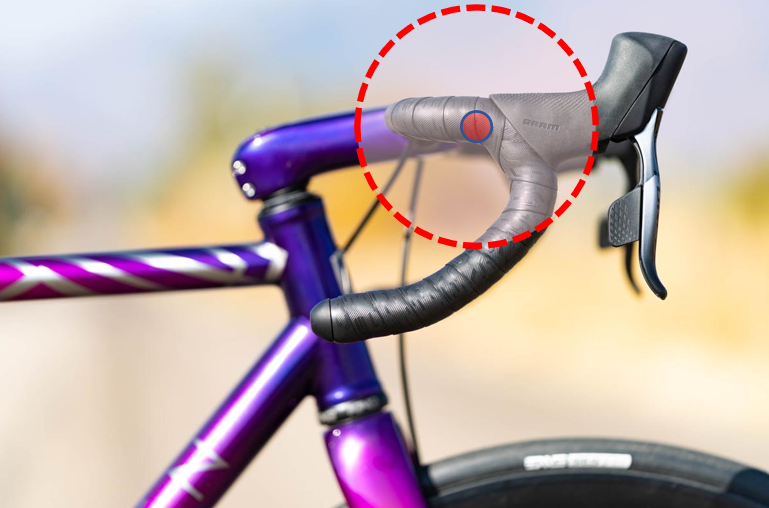
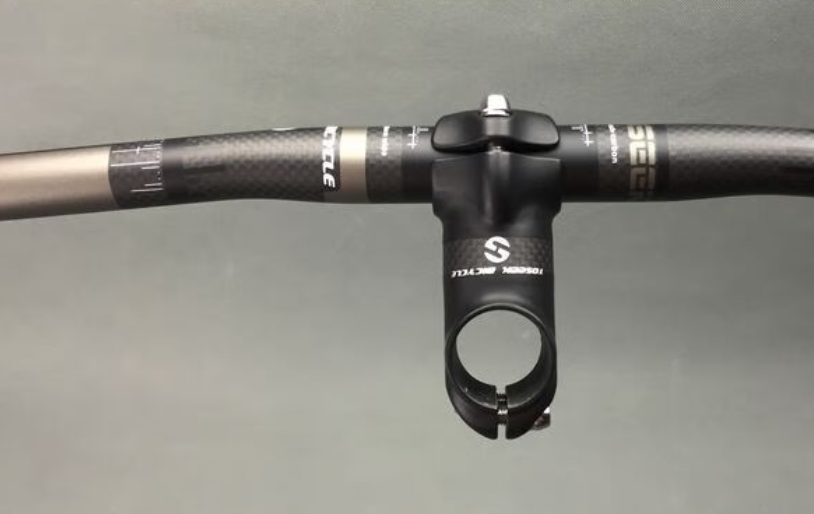
Stem Length
Increasing the stem length
Increasing it can cause the rider to lean forward more, extending the rider’s reach and reducing the frontal area exposed to the wind. This helps reduce air resistance, making it suitable for riders who prioritize speed. A longer stem is ideal for riders with shorter torsos and longer limbs. While a longer stem reduces handling sensitivity, the new, lower riding position demands more core strength. In short, a longer stem may decrease stability at low speeds.
Additionally, a longer stem can increase wrist and back pressure, making it unsuitable for long rides.However, an exception exists: if you have a short torso but longer limbs than the average rider, a longer stem might be a necessary bike part for you. Only with a longer stem can you comfortably maintain a reasonable riding position. If you choose a standard stem length like everyone else, you might be forced to adopt a more upright riding posture, which would significantly increase your wind resistance.

Reducing the stem length
Reducing it will make the rider’s posture more upright. A more upright riding position can reduce pressure on the back and neck, thereby enhancing comfort, especially during long rides. This upright posture also makes it easier for riders to observe their surroundings, making it suitable for city riding and commuting.
What you might not know is that a shorter stem increases the responsiveness of the front wheel, making the bike more agile and nimble. This is beneficial for technical mountain biking or riding that requires frequent turning. Your bike will respond strongly to even the slightest steering input on the handlebars. This agility helps riders react more quickly to avoid obstacles, enhancing safety. However, this also means that riders using a shorter stem will noticeably feel the instability it brings at high speeds. Using a shorter stem in mountain biking may increase the tendency for the front wheel to lift, especially when climbing, so extra attention to maintaining balance is necessary.
Summary
In summary, regarding stem length, a longer stem results in a more aerodynamic, lower riding position, reducing wind resistance. However, it challenges the bike’s stability at low speeds and is not ideal for long-distance rides. Conversely, a shorter stem is suitable for situations requiring agile handling and comfortable riding, but it offers less stability at high speeds compared to a longer stem. It provides a more upright riding position, enhancing comfort during long rides. SUMLON does not believe one is absolutely better than the other. You should choose the appropriate stem length based on your personal needs and riding environment to achieve the best riding experience.

Stem Angle
In addition, stem angle is another important factor to consider. It directly affects the rider’s posture and also has a direct impact on the bike’s handling.
Stem angle affect riding posture and comfort
A larger positive angle increases the distance between the handlebar and the ground, resulting in a more upright rider position, reducing pressure on the back and neck, and enhancing comfort. In this regard, the effect of a positive angle is similar to using a longer steerer tube. This setup is suitable for leisure riding, commuting, and long-distance travel. Conversely, a smaller stem angle or negative stem angle can decrease the distance between the handlebar and the ground, positioning it lower, thereby promoting a more forward-leaning rider posture, which aids in reducing aerodynamic drag, suitable for competitive and high-speed riding.
Stem angle affect handling stability
A higher handlebar position (larger stem angle, longer steerer tube) helps improve your control over the bike and its stability at low speeds. This positions your center of gravity farther back, suitable for mountain biking and situations requiring frequent maneuvering. Conversely, a lower handlebar position (smaller stem angle, shorter steerer tube) shifts more weight onto the front wheel, enhancing stability at high speeds and the efficiency of straight-line riding.
Stem angle affect handling responsiveness
a positive stem angle provides higher maneuverability. This is because having a stem with a positive angle allows your body to be more upright while riding, shifting more weight towards the rear wheel, thus enhancing maneuvering flexibility.
Summary on Stem Angle affect cycling
In summary, if you’re aiming for higher speed stability and increased riding velocity, opting for a lower, more aerodynamic riding posture suggests purchasing a stem with a negative angle, despite its potential stability reduction at low speeds. However, since a lower, more aerodynamic riding posture can impose additional pressure on your wrists, lower back, and neck, we do not recommend using a stem with a negative angle for long-distance rides. Conversely, if you’re a mountain biker seeking greater maneuverability, we strongly advise using a stem with a positive angle.

Extra Topics
Additionally, there are several topics worth discussing in more detail.
The length and angle of the stem directly influence the position of the center of gravity.
Suppose you want to increase the load on the front wheel, thereby enhancing traction; relying on a longer stem and a negative stem angle can shift the center of gravity forward. If the stem length has already reached the limit the body can handle, then lowering the stem’s height by 5 mm through the use of a stem with a negative angle or a shorter steerer tube may also bring about significant geometric changes overall. Particularly, the angle of the stem directly affects the height of the handlebar for the rider. In theory, the lower the center of gravity, the better the stability. However, this comes with demands on body flexibility and challenges to comfort for long-distance rides. How to achieve an appropriate balance point in terms of the center of gravity varies from person to person.
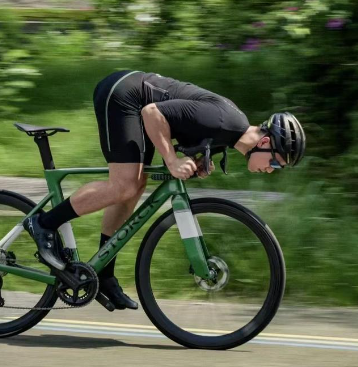
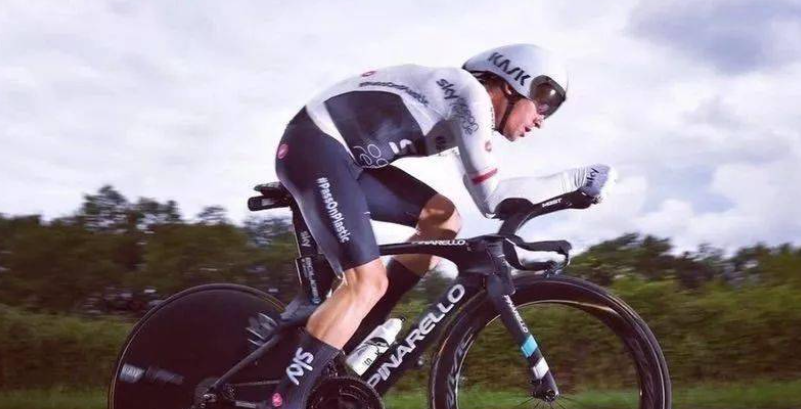
The stem affects the turning radius.
A longer stem results in a larger turning radius. According to the principle of leverage, a larger radius requires less force, making it suitable for cyclists with less upper body strength who expect to make delicate maneuvers. Therefore, longer stems can enhance maneuverability in some challenging race segments.
Suggestion
SUMLON‘s final recommendation is that you should undergo a fitting session and continue experimenting. This is the universal answer to all questions related to bike geometry setup. The great news is, you don’t have to purchase and own stems of all lengths and angles to conduct these experiments. You can easily buy a stem with adjustable length and angle. This means that by purchasing one stem, you can find the stem length and angle that best suits you.
Don’t forget to remove the adjustable stem immediately after obtaining optimal data and purchase a non-adjustable stem based on this optimal data. A standard non-adjustable stem can significantly improve reliability. If you are very satisfied with this data and do not plan to revise the stem length and angle data in the near future, you can even consider purchasing or customizing a handlebar with the correct stem length and angle data integrated. That would be fantastic!
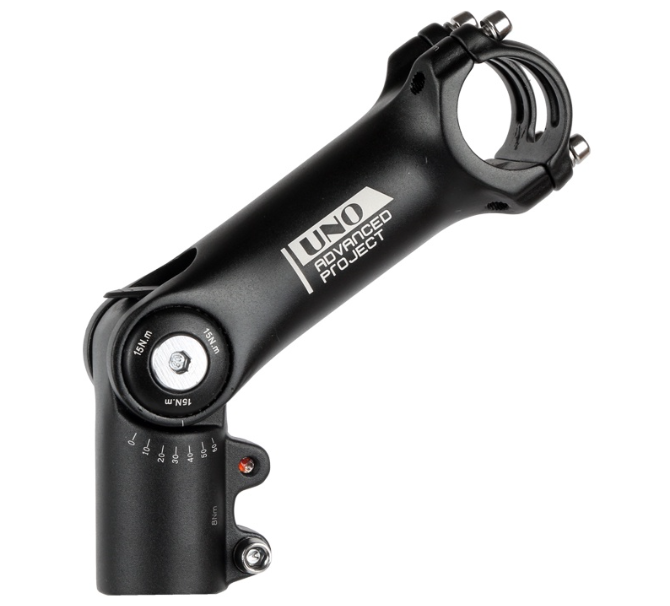
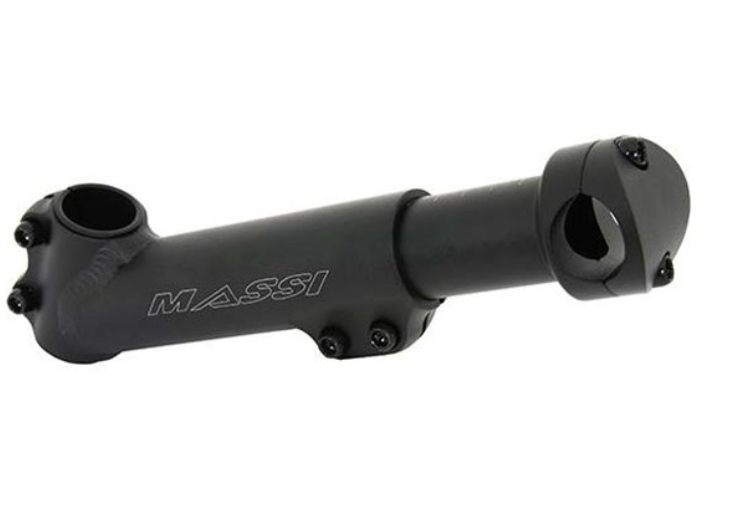
By the way, SUMLON has been manufacturing bicycle parts for over 15 years. Contact us if you are looking for a bike parts factory or a one-stop wholesaler. Peace




